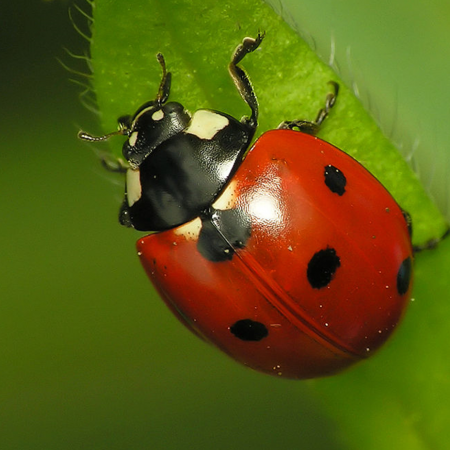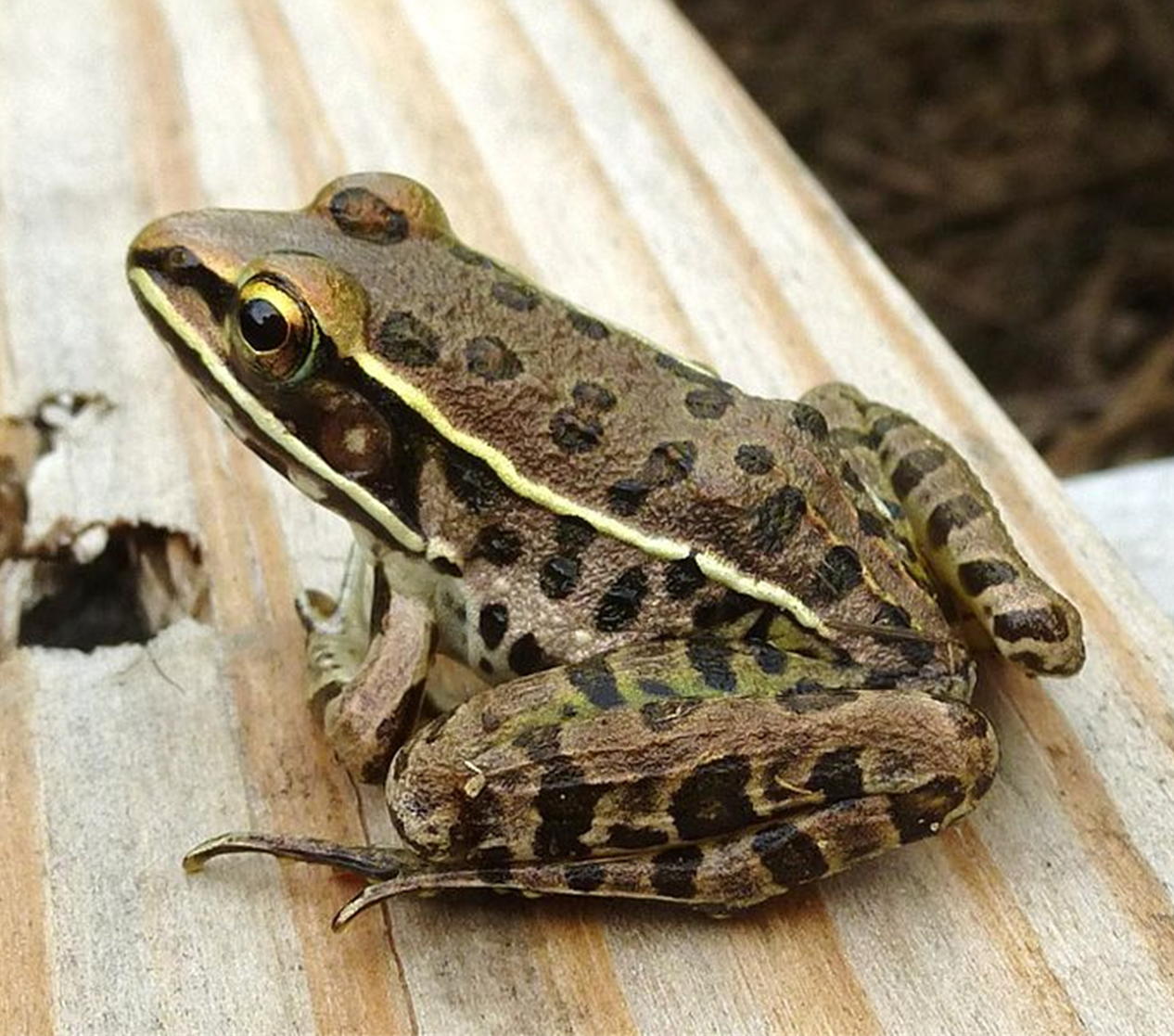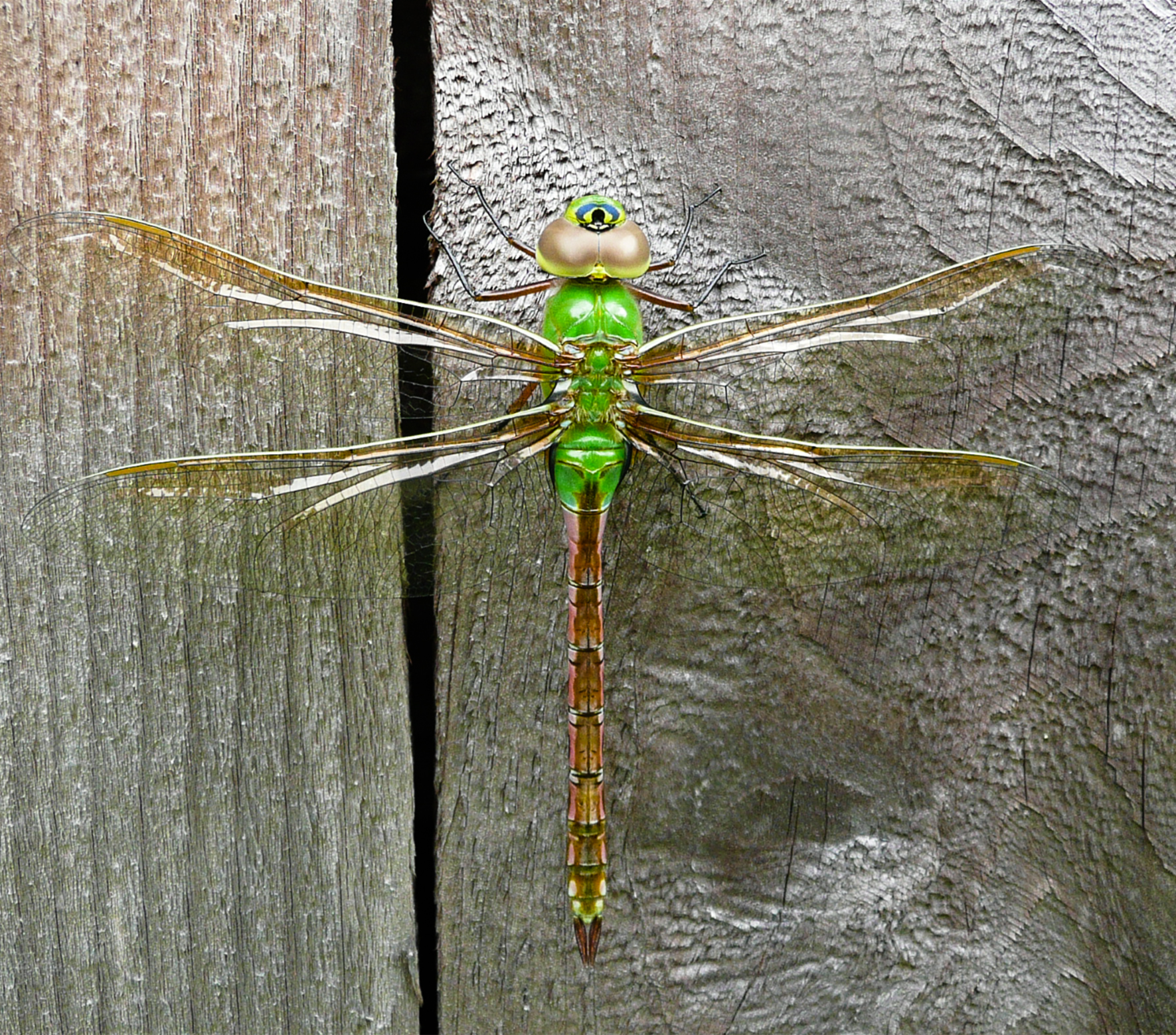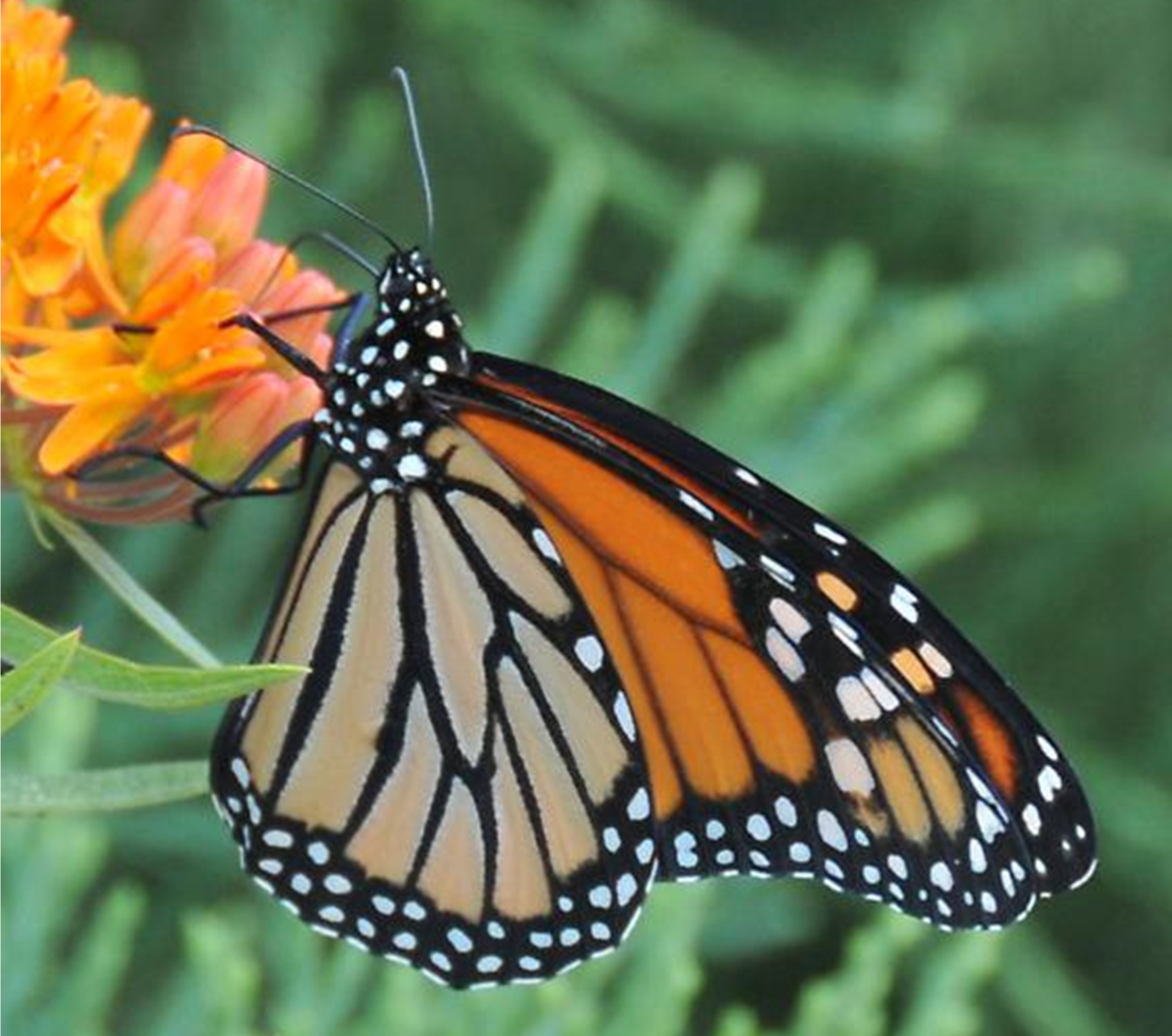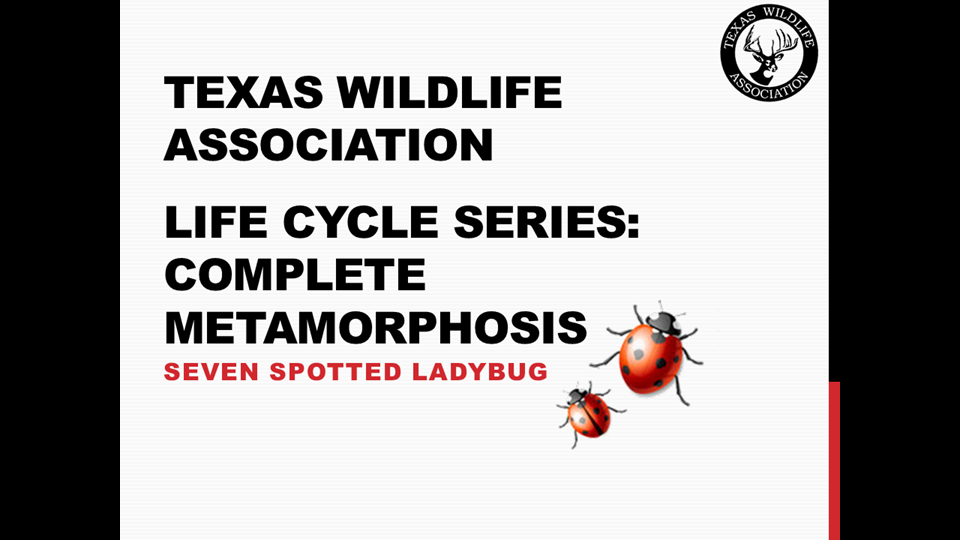There are approximately 500 different kinds of ladybugs in the United States and nearly 5,000 worldwide. Ladybugs come in many different colors and have a different number of spots depending on the species. The seven-spotted ladybug is one of the more common species found all over North America. Metamorphosis is the process by which insects grow and change. There are two kinds of metamorphosis, complete and incomplete. All insects that display complete metamorphosis have four stages: egg, larva, pupa, adult.

